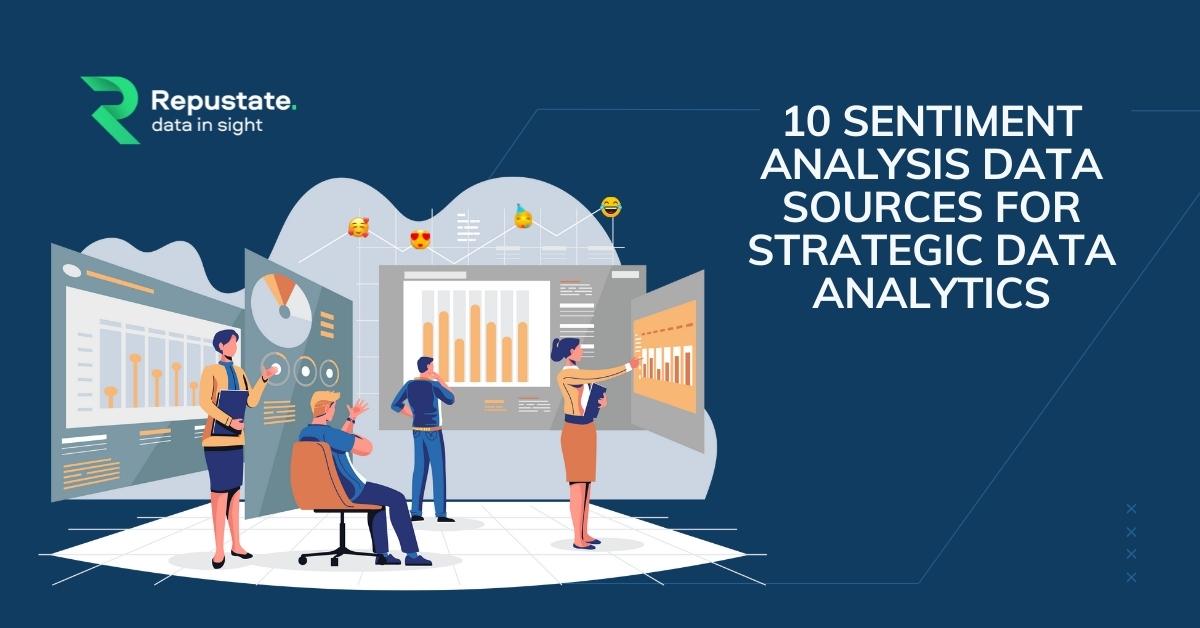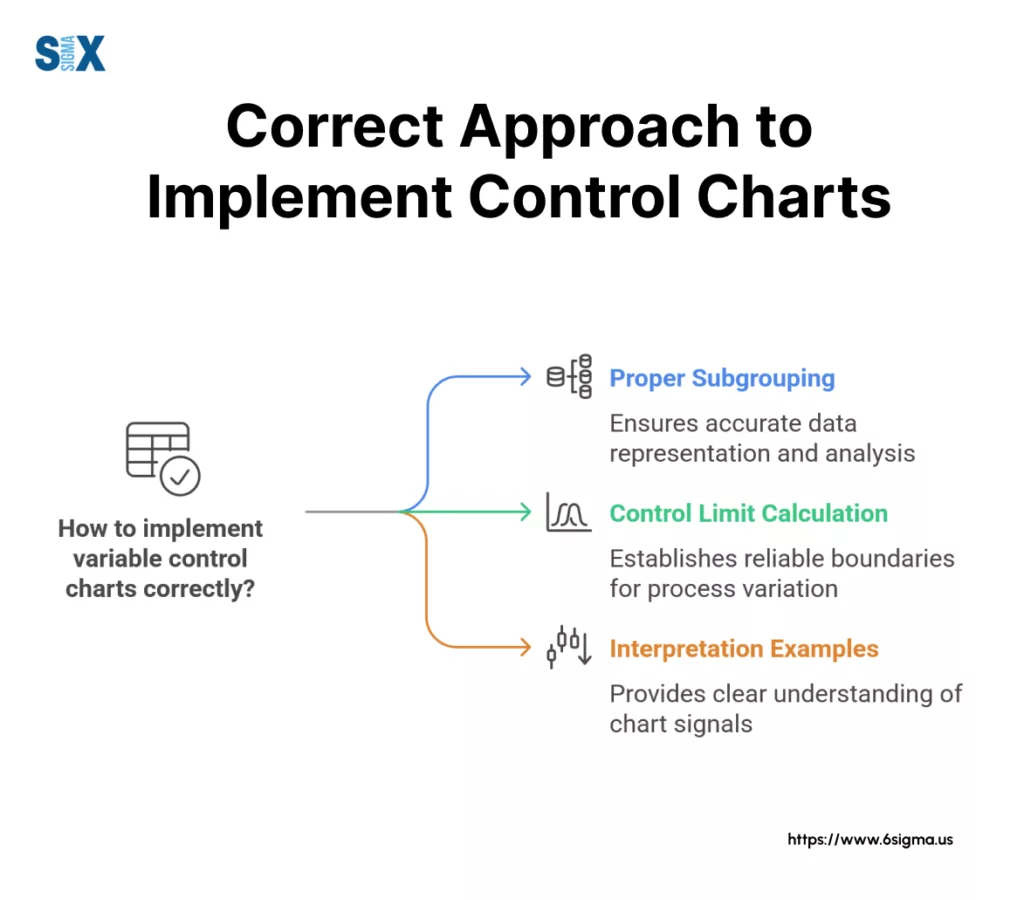Did you know that the mood of traders can swing as wildly as a pendulum on a roller coaster? Understanding sentiment analysis in day trading is crucial for navigating these emotional highs and lows. In this article, we delve into what sentiment analysis is and how it influences trading decisions, offering insights into its benefits and implementation techniques. We’ll explore key tools available for sentiment analysis, the impact of social media, and how it compares to traditional technical analysis. Additionally, we’ll discuss the limitations of sentiment analysis, its role in predicting market trends, and how it can enhance risk management strategies. Finally, we’ll look at the evolution of sentiment analysis with technology and what the future holds for traders. Join us at DayTradingBusiness as we uncover the intricacies of sentiment analysis and empower your trading journey.
What is sentiment analysis in day trading?
Sentiment analysis in day trading involves evaluating market emotions and opinions to gauge potential price movements. Traders analyze news, social media, and forums to identify bullish or bearish sentiments that can influence stock prices. By understanding trader psychology and public sentiment, day traders make informed decisions on buying or selling assets quickly, aiming to capitalize on short-term market fluctuations.
How does sentiment analysis affect trading decisions?
Sentiment analysis influences trading decisions by gauging market emotions through social media, news, and other data sources. Traders use this analysis to identify bullish or bearish trends, helping them decide when to buy or sell assets. Positive sentiment can signal potential price increases, prompting traders to enter positions, while negative sentiment may indicate a downturn, leading to sell-offs. By integrating sentiment data with technical and fundamental analysis, traders enhance their decision-making, aiming for profitable trades.
What are the benefits of using sentiment analysis in day trading?
Sentiment analysis in day trading helps traders gauge market mood, identify potential price movements, and make informed decisions. It allows for faster reaction to news and social media trends, enhancing the ability to capitalize on short-term opportunities. By analyzing public sentiment, traders can spot bullish or bearish trends early, improving entry and exit strategies. This data-driven approach reduces emotional bias, leading to more disciplined trading. Overall, sentiment analysis equips day traders with a competitive edge in a fast-paced environment.
How can traders implement sentiment analysis techniques?
Traders can implement sentiment analysis techniques by using social media monitoring tools to gauge public sentiment around stocks, analyzing news headlines for positive or negative tones, and employing sentiment indicators from financial data providers. They can also track forums like Reddit or Twitter for real-time discussions and sentiment shifts. Additionally, integrating sentiment data with technical analysis can help identify potential price movements. Regularly adjusting strategies based on sentiment trends ensures traders stay aligned with market psychology.
What tools are available for sentiment analysis in trading?

Tools for sentiment analysis in trading include:
1. Social Media Analytics Platforms: Tools like Brandwatch and Hootsuite analyze social media sentiment around stocks.
2. News Sentiment Analysis Tools: Services like Bloomberg Terminal and Sentifi track news sentiment affecting market trends.
3. Sentiment Indicators: MarketPsych and TradingView offer sentiment indicators based on market data and social media.
4. Natural Language Processing (NLP) APIs: Google Cloud Natural Language and IBM Watson can be used to analyze textual data for sentiment.
5. StockTwits: A platform specifically designed for traders to share and analyze sentiment on stocks.
These tools help traders gauge market sentiment, influencing their trading strategies.
How does social media influence sentiment analysis in day trading?
Social media influences sentiment analysis in day trading by providing real-time data on public perception of stocks. Traders analyze tweets, posts, and comments to gauge market sentiment, which can predict price movements. Positive sentiment often leads to increased buying, while negative sentiment can trigger selling. Tools that aggregate this social media data help traders make informed decisions quickly, capitalizing on trends and shifts in public opinion.
What are the limitations of sentiment analysis in trading?
Sentiment analysis in trading has several limitations. First, it often relies on subjective interpretation of data, which can lead to inaccuracies. Second, it may not account for market volatility or sudden news events that drastically shift sentiment. Third, sentiment indicators can lag behind actual market movements, making them less effective for real-time trading decisions. Additionally, social media sentiment can be influenced by noise and misinformation, skewing results. Finally, sentiment analysis typically focuses on short-term trends, potentially overlooking long-term market fundamentals.
How can sentiment analysis predict market trends?
Sentiment analysis predicts market trends by analyzing social media, news articles, and financial reports to gauge investor emotions. By processing data for positive or negative sentiments, traders can identify market mood shifts. For example, a surge in positive sentiment about a stock may indicate an upcoming price increase, prompting traders to buy. Conversely, rising negative sentiment can signal a potential decline, leading to sell decisions. This real-time insight helps day traders make informed decisions based on current market psychology.
What data sources are best for sentiment analysis in trading?

The best data sources for sentiment analysis in trading include social media platforms like Twitter and Reddit, financial news sites, and specialized sentiment analysis tools like SentimentTrader or MarketPsych. Additionally, earnings call transcripts, analyst reports, and forums such as StockTwits provide valuable insights. Aggregating data from these sources can enhance trading strategies by gauging market sentiment effectively.
How does sentiment analysis compare to technical analysis?
Sentiment analysis focuses on gauging market emotions and trader psychology through social media, news, and other qualitative data. It helps day traders understand market trends driven by public sentiment, which can lead to quick price movements.
In contrast, technical analysis relies on historical price data and chart patterns to forecast future price movements. It emphasizes quantitative indicators like moving averages and volume rather than emotions.
While sentiment analysis captures the market's mood, technical analysis provides structured data for decision-making. Successful day traders often integrate both approaches to enhance their strategies.
Can sentiment analysis improve risk management in day trading?
Yes, sentiment analysis can significantly improve risk management in day trading. By analyzing market sentiment through social media, news, and other platforms, traders can gauge public perception and potential market movements. This insight allows traders to identify overbought or oversold conditions, adjust their positions, and set more informed stop-loss orders. Incorporating sentiment data helps in making timely decisions, reducing emotional bias, and enhancing overall strategy effectiveness.
Learn about How can poor risk management lead to losses in day trading?
What role do news headlines play in sentiment analysis for traders?
News headlines serve as key indicators in sentiment analysis for traders. They provide immediate insights into market sentiment, reflecting public perception and potential price movements. Positive headlines can signal bullish trends, while negative ones often indicate bearish sentiment. Traders use these cues to assess market mood, make informed decisions, and anticipate stock behavior. Analyzing the tone and context of headlines helps traders gauge the impact of news on asset prices, enabling quicker responses to market changes.
How has sentiment analysis evolved with technology in trading?
Sentiment analysis in trading has evolved significantly with advances in technology. Initially, traders relied on news articles and social media manually to gauge market sentiment. Now, algorithms and machine learning tools analyze vast amounts of data in real time, identifying trends and patterns that influence market behavior.
Natural language processing (NLP) techniques have improved the accuracy of sentiment analysis, enabling traders to assess emotions from tweets, news headlines, and forums quickly. Advanced analytics provide insights into how public sentiment correlates with stock price movements, allowing for more informed trading decisions.
Additionally, sentiment analysis tools now integrate with trading platforms, giving traders immediate access to sentiment indicators alongside traditional metrics. This evolution allows for quicker responses to market shifts, enhancing the effectiveness of day trading strategies.
What are common pitfalls in interpreting sentiment analysis?

Common pitfalls in interpreting sentiment analysis for day trading include:
1. Overreliance on Data: Traders may place too much emphasis on sentiment scores without considering other market factors.
2. Ignoring Market Context: Sentiment can vary significantly based on market conditions. Failing to account for trends or news can lead to misinterpretation.
3. Sentiment Lag: Sentiment indicators might react slowly to rapid market changes, causing traders to act on outdated information.
4. Confirmation Bias: Traders might interpret sentiment data to support their existing positions rather than objectively analyzing it.
5. Neglecting Source Credibility: Not all sentiment sources are reliable. Poor-quality data can skew results and lead to wrong trades.
6. Misreading Mixed Signals: Conflicting sentiment from different sources can confuse traders, leading to indecision or miscalculations.
7. Short Time Frames: Day traders often work with quick trades, and sentiment shifts can happen rapidly, making it hard to capture timely insights.
Avoiding these pitfalls can enhance the effectiveness of sentiment analysis in day trading.
How do professional traders use sentiment analysis in their strategies?
Professional traders use sentiment analysis to gauge market mood and predict price movements. They analyze news headlines, social media trends, and trader behavior to identify bullish or bearish sentiments. For instance, a surge in positive social media posts about a stock can signal buying opportunities. Traders often combine sentiment data with technical indicators to refine entry and exit points, enhancing their strategies. Additionally, they monitor sentiment shifts during economic events to anticipate volatility and adjust their positions accordingly.
Learn about How Do Institutional Traders Use Algorithmic Strategies?
What is the future of sentiment analysis in day trading?
The future of sentiment analysis in day trading lies in its increasing integration with AI and machine learning. Traders will rely on real-time data from social media, news, and forums to gauge market sentiment more accurately. Advanced algorithms will analyze vast amounts of unstructured data, identifying trends and predicting price movements. As technology evolves, sentiment analysis tools will become more sophisticated, helping traders make informed decisions quickly. This will enhance risk management and potentially increase profitability in volatile markets.
Conclusion about The Role of Sentiment Analysis in Day Trading
Incorporating sentiment analysis into day trading strategies can significantly enhance decision-making and risk management. By understanding market emotions and leveraging data from various sources, traders can better predict trends and adapt to shifting conditions. While there are limitations and potential pitfalls, the evolution of technology continues to refine these techniques. Embracing sentiment analysis, alongside traditional methods, can empower traders to navigate the complexities of the market more effectively. For those looking to deepen their understanding and application of these tools, DayTradingBusiness offers valuable insights and resources.
Learn about The Role of Volume in Day Trading Chart Analysis